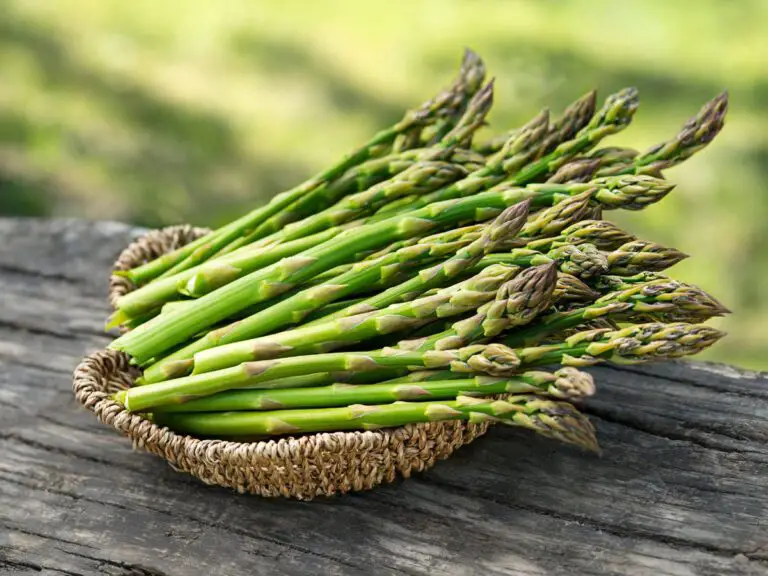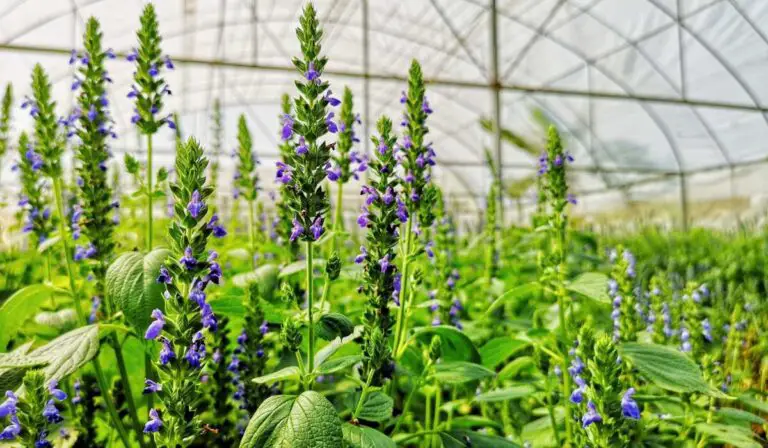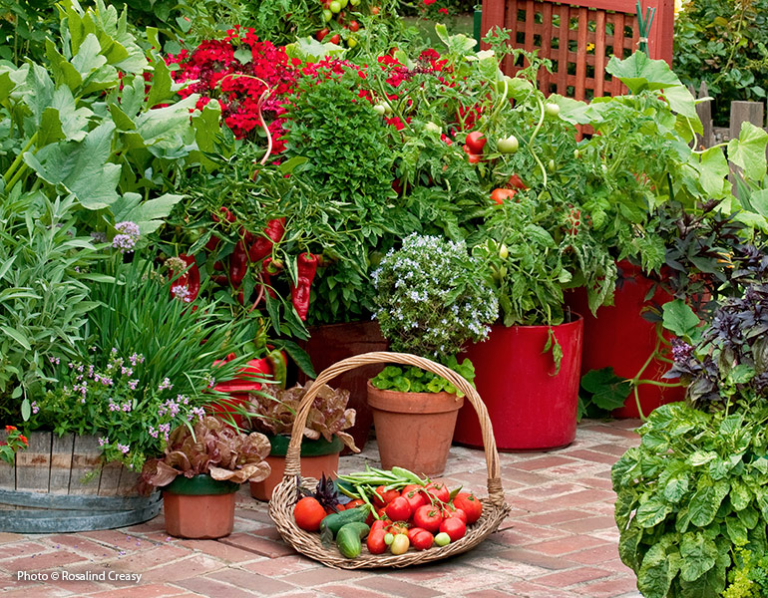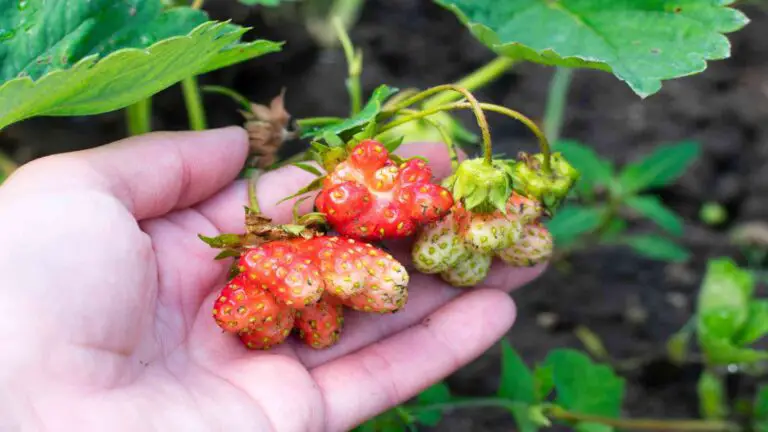Greenhouse Plastic Options for Your Garden
Table of Contents
Understanding the Role of Plastic in Greenhouse Gardening
As a gardener, you are probably aware of the crucial role that plastic plays in greenhouse gardening. This versatile material has revolutionized the way we grow plants indoors, providing an efficient and controlled environment for optimal growth. With the use of plastic, we can create a barrier that protects plants from unfavorable weather conditions, pests, and diseases. Furthermore, plastic coverings can help manage temperature and humidity levels, allowing gardeners to extend the growing season and cultivate plants that are not native to their region.
One of the most common applications of plastic in greenhouse gardening is as a greenhouse covering. This transparent material allows sunlight to pass through while trapping heat inside, creating a greenhouse effect. By controlling the amount of light and heat that enters the greenhouse, gardeners can create an ideal environment for their plants. Plastic coverings also come in various types, each with its own set of advantages and disadvantages. From acrylic and polyethylene to polycarbonate and PVC, choosing the right type of greenhouse plastic is crucial to ensure the success of your gardening endeavors.
Factors to Consider When Choosing Greenhouse Covering
Factors to Consider When Choosing Greenhouse Covering:
When it comes to choosing the most suitable greenhouse covering for your gardening needs, several factors need to be considered. The choice of covering material plays a crucial role in providing an optimal growing environment for your plants. Firstly, it is important to assess the climate in your region. Factors such as temperature fluctuations, sunlight intensity, and precipitation levels will have a significant impact on the performance of the greenhouse covering. For example, in colder climates, a covering with better insulation properties would be ideal to prevent heat loss and maintain a consistent temperature inside the greenhouse.
Another factor to consider is the durability of the covering material. Greenhouse coverings are exposed to various weather conditions like wind, rain, and harmful UV radiation. Therefore, opting for a material that can withstand these elements and remain intact over time is essential. Durability is particularly crucial in areas prone to extreme weather events such as hurricanes or heavy snowfall. Investing in a highly resilient covering will ensure the longevity of your greenhouse and protect your plants from potential damage.
Comparing the Durability of Different Greenhouse Plastic Materials
When comparing the durability of different greenhouse plastic materials, it is important to consider their resistance to weathering, tearing, and degradation. One common option is polyethylene, which is known for its affordability and versatility. However, it may have a shorter lifespan compared to other materials. Polyvinyl chloride (PVC) is another popular choice due to its strength and resistance to damage. It is worth noting, however, that PVC can release toxic chemicals during production and disposal, raising environmental concerns. Polycarbonate, on the other hand, offers excellent durability and impact resistance, making it a preferred option for longer-lasting greenhouse coverings.
In addition to material durability, it is crucial to assess the UV stabilization of greenhouse plastics. Without proper protection, ultraviolet (UV) rays can cause premature degradation and reduce the lifespan of the plastic. UV-stabilized greenhouse plastics, specifically designed to withstand prolonged exposure to sunlight, offer an extended lifespan and reliable protection for plants. This feature helps to maintain optimal growing conditions within the greenhouse, ensuring that plants receive the necessary light and warmth for healthy growth. It is important to carefully select greenhouse plastic materials that balance durability and UV resistance to guarantee long-term performance and productivity in the greenhouse.
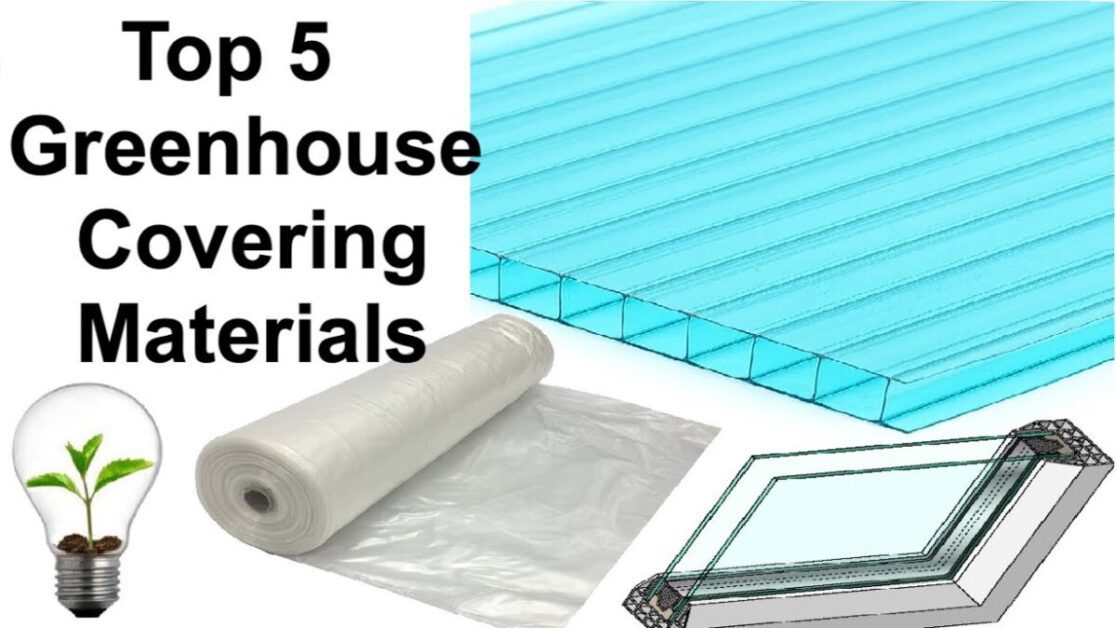
Exploring the Benefits of UV-Stabilized Greenhouse Plastic
UV-stabilized greenhouse plastic is a game-changer for gardening enthusiasts looking to optimize their greenhouse growing conditions. One of the key benefits of UV-stabilized plastic is its ability to effectively filter out harmful ultraviolet (UV) radiation from the sunlight while allowing the beneficial wavelengths to pass through. This is crucial because excessive UV exposure can damage plants, inhibit photosynthesis, and reduce both quality and yield.
Moreover, UV-stabilized greenhouse plastic extends the lifespan of the plastic cover itself. Traditional plastic coverings tend to degrade rapidly under continuous exposure to UV radiation, leading to discoloration, brittleness, and decreased light transmission. UV-stabilized plastic, however, contains specific additives that act as powerful inhibitors and protect the plastic from premature deterioration. As a result, greenhouse owners benefit from a longer-lasting and more cost-effective covering that maintains its clarity and optimal light transmission.
In addition to these primary benefits, UV-stabilized greenhouse plastic offers secondary advantages such as increased heat retention and improved insulation. By reducing the loss of heat through the plastic cover, UV-stabilized plastic helps to maintain stable temperature levels within the greenhouse, providing an optimal growing environment regardless of external weather conditions. This means that plants are less susceptible to temperature fluctuations, ensuring steady growth and development.
These advantages make UV-stabilized greenhouse plastic an indispensable tool for greenhouse gardeners aiming to maximize the potential of their crops. By investing in superior quality plastic coverings that effectively filter harmful UV radiation, greenhouse owners can create an optimal growing environment that supports healthy plant growth, robust yields, and overall successful gardening endeavors.
How to Evaluate the Light Transmission of Greenhouse Plastics
When evaluating the light transmission of greenhouse plastics, it is important to consider the specific needs and requirements of your plants. Different plants have varying light requirements, ranging from full sun exposure to partial shade. Understanding the light transmission characteristics of greenhouse plastics will help you select the right covering material to optimize plant growth and health.
To evaluate the light transmission, you can start by examining the light transmission percentage provided by the manufacturer. This percentage refers to the amount of light that passes through the material. A higher percentage indicates greater light transmission, which can be beneficial for plants that require ample sunlight. Some greenhouse plastics may offer up to 90% or more light transmission, providing an optimal environment for light-loving plants.
However, light transmission percentage alone may not provide a complete picture of the quality and distribution of light. It is also essential to consider other factors, such as UV stability and diffusing properties. UV-stabilized greenhouse plastics protect plants from harmful ultraviolet radiation, ensuring healthy growth and minimizing the risk of sunburn. Additionally, choosing plastics with good diffusing properties can help distribute light evenly throughout the greenhouse, reducing shadowing and promoting uniform growth across your plants.
By carefully evaluating the light transmission characteristics, UV stability, and diffusing properties of greenhouse plastics, you can create an optimal environment for your plants, maximizing their growth potential and overall health. Remember to consider the specific light requirements of your plants and choose a covering material that best suits their needs.
The Importance of Insulation in Greenhouse Plastic Options
Insulation is a critical factor to consider when choosing greenhouse plastic options. The right insulation can significantly impact the performance and productivity of your greenhouse. Insulated greenhouse plastics are designed to regulate temperature and provide optimal heat retention, creating an environment conducive to plant growth.
One of the key benefits of insulation in greenhouse plastic is its ability to minimize heat loss. Greenhouses are vulnerable to heat loss due to their large surface area and the disparity between indoor and outdoor temperatures. Insulated plastic materials, such as double-layered films or bubble wrap, create a thermal barrier that reduces heat transfer, helping to maintain a stable and favorable climate for plants. This can be especially advantageous during colder seasons or in regions with fluctuating weather conditions.
In addition to heat retention, insulation also plays a significant role in preventing condensation. When warm air comes into contact with cold surfaces, condensation can form, leading to moisture-related issues like fungal growth or damage to plants. By using insulated greenhouse plastics, you can reduce the likelihood of condensation buildup, as the insulation helps to regulate temperature and prevent drastic temperature differentials within the greenhouse.
Overall, the importance of insulation in greenhouse plastic options cannot be underestimated. It not only helps maintain a consistent and favorable growing environment but also protects your plants from potential damage caused by temperature fluctuations and excessive moisture. When selecting greenhouse plastics, consider the insulation properties to ensure optimal year-round performance for your gardening endeavors.
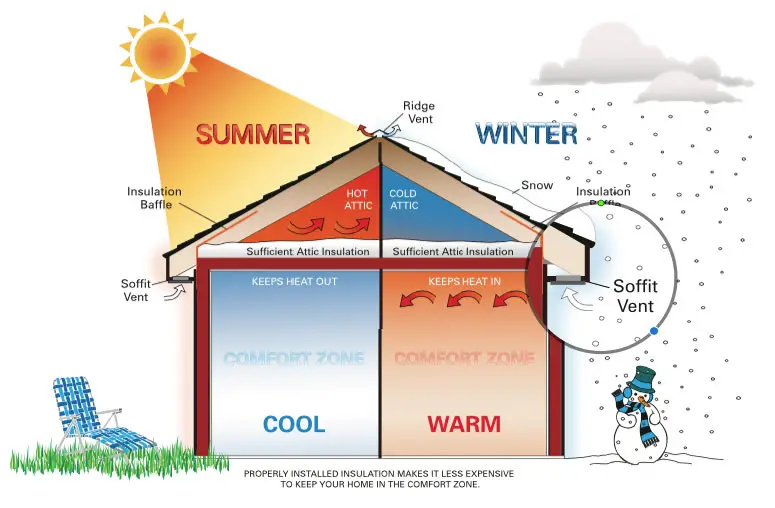
Choosing the Right Thickness for Your Greenhouse Plastic
When it comes to choosing the right thickness for your greenhouse plastic, there are several important factors to consider. The thickness of the plastic can impact its durability, insulation properties, and ability to withstand harsh weather conditions.
One key consideration is the type of climate in which your greenhouse is located. If you live in an area with extreme temperatures or high winds, a thicker plastic with greater strength and resistance may be necessary. Thicker plastic can also provide better insulation, reducing heat loss during colder months and maintaining optimal growing conditions for your plants. On the other hand, if you live in a milder climate, a thinner plastic may be sufficient and more cost-effective.
Another factor to consider is the longevity you expect from your greenhouse plastic. Thicker plastic generally has a longer lifespan and can withstand the effects of sunlight exposure better than thinner options. This is especially important if your greenhouse is exposed to intense sunlight for extended periods of time. However, it’s worth noting that thicker plastic may be more expensive upfront. Therefore, striking a balance between durability and budget is key.
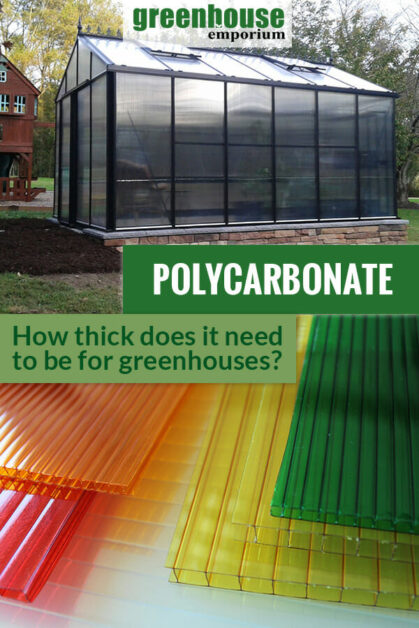
Examining the Fire-Retardant Properties of Greenhouse Plastic
The fire-retardant properties of greenhouse plastic are a crucial consideration for ensuring the safety and protection of your plants and structures. When selecting greenhouse plastic, it is essential to choose materials that have been specifically designed to resist the spread of flames and prevent rapid combustion.
One common type of fire-retardant greenhouse plastic is made with flame-resistant additives or coatings. These additives work by reducing the flammability of the plastic, making it less likely to ignite and preventing the rapid spread of fires. By incorporating these additives, greenhouse plastics can meet certain safety standards and regulations, providing an added layer of security for your greenhouse.
In addition to flame-resistant additives, some greenhouse plastics are manufactured with self-extinguishing properties. This means that if the plastic does catch fire, it will extinguish itself once the source of ignition is removed. This property can be particularly valuable in preventing the spread of fire and minimizing potential damage to your greenhouse and plants.
Overall, when considering the fire-retardant properties of greenhouse plastic, it is vital to select materials that have been specifically engineered and tested for their ability to resist flames and reduce the risk of fire hazards. By choosing fire-retardant greenhouse plastics, you can ensure both the safety of your plants and the longevity of your greenhouse structure.
Exploring the Different Types of Greenhouse Plastic Films
There are various types of greenhouse plastic films available in the market, each with its own unique characteristics and benefits. Understanding the differences between these films can help gardeners make an informed decision based on their specific needs and preferences.
One common type of greenhouse plastic film is known as polyethylene. This film is lightweight and affordable, making it a popular choice among greenhouse owners. It offers good light transmission, allowing plants to receive the necessary amount of sunlight for photosynthesis. Polyethylene is also flexible and easy to install, providing a smooth and tight covering for the greenhouse structure. However, it is important to note that polyethylene films may have a shorter lifespan compared to other options, requiring replacement every few years.
Another option to consider is a multi-layered greenhouse film. These films are constructed using multiple layers of polyethylene, adding additional durability and insulation properties. The layers create small air pockets, acting as an effective barrier against temperature fluctuations and reducing heat loss during colder months. Multi-layered films are known for their longevity and resistance to tearing, making them an excellent choice for gardeners who require a more durable covering. It is worth noting that while multi-layered films offer superior insulation, they may have reduced light transmission compared to other types of greenhouse films.
Understanding the different types of greenhouse plastic films can help gardeners select the most suitable option for their specific needs. Whether it be a lightweight polyethylene film or a multi-layered film for enhanced insulation, choosing the right film is crucial for maintaining optimal growing conditions within the greenhouse.
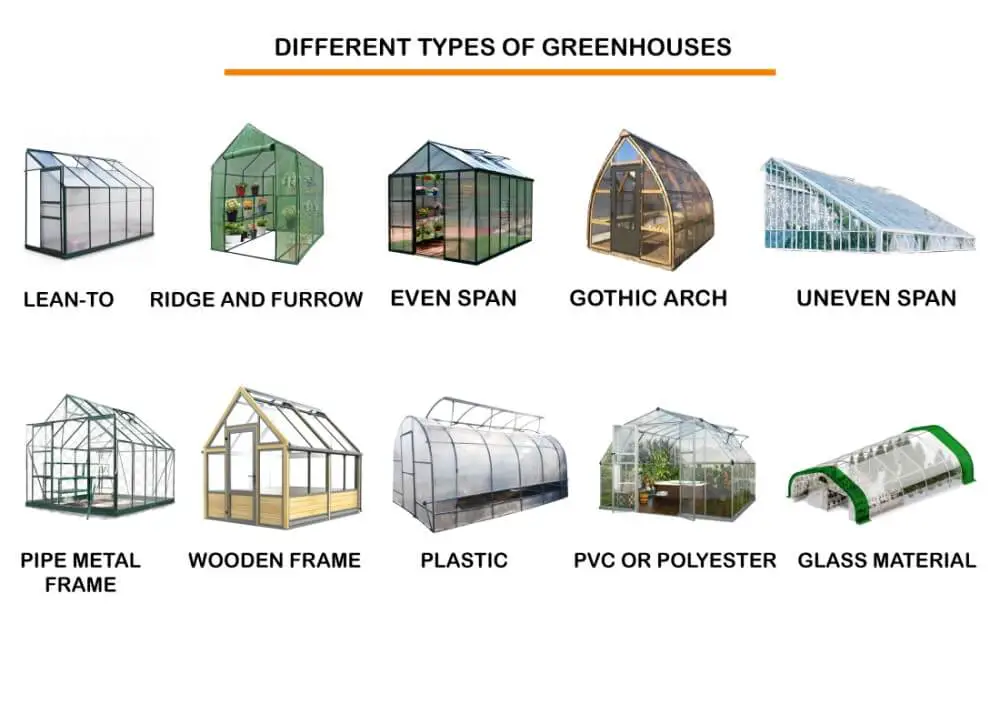
Understanding the Environmental Impact of Greenhouse Plastics
Greenhouse plastics play a crucial role in modern agriculture by providing a protective barrier that helps regulate temperature, humidity, and light levels. However, it is essential to consider the environmental impact of these materials.
One of the primary concerns is the use of PVC (polyvinyl chloride) in greenhouse plastics. PVC is a widely used plastic due to its low cost and durability. However, its production and disposal can have a negative impact on the environment. During the manufacturing process, PVC releases toxic chemicals such as dioxins and phthalates, which can contaminate air, water, and soil. Additionally, when PVC is incinerated or disposed of in landfills, it can release harmful substances, including chlorine gas and heavy metals, into the environment.
Evaluating the Cost-Effectiveness of Greenhouse Plastic Options
Evaluating the cost-effectiveness of greenhouse plastic options is a crucial step in selecting the right covering for your greenhouse. While cost is important, it should not be the sole determining factor when making this decision. It is essential to consider the long-term benefits and durability of the plastic materials you choose.
One aspect to consider is the lifespan of the greenhouse plastic. Investing in high-quality materials that have a longer lifespan may initially seem more expensive, but they can offer significant cost savings in the long run. These materials are often more resistant to wear and tear, reducing the need for frequent replacements. Additionally, they can provide better insulation and light transmission, resulting in improved plant growth and reduced energy consumption for heating and lighting.
Another factor to evaluate is the maintenance required for each type of plastic. Certain greenhouse plastics may require regular cleaning or UV treatment, which can add to the overall cost of maintenance over time. Considering the durability, life expectancy, and maintenance requirements of different greenhouse plastic options will help you determine their cost-effectiveness in the context of your specific gardening needs.
Certainly! Let’s evaluate the cost-effectiveness of different greenhouse plastic options. Each type of covering material has its own advantages and considerations:
| Material | Advantages | Disadvantages | Cost Considerations |
|---|---|---|---|
| Polyethylene Plastic | – Low cost. – Large sheet size. – Easy attachment. – Good light transmission. | – Less durable compared to other options. | – Economical choice. |
| Polycarbonate Panels | – Strength and flexibility. – Good light transmission. | – Higher initial cost than plastic sheets. | – Mid-range price point. |
| Fiberglass Panels | – Provides insulation. – Diffuses light. – Withstands harsh weather. | – Not biodegradable. – Challenging to recycle. | – Commonly used in hot and arid regions. |
| Glass | – Aesthetically pleasing. – Excellent light transmission. | – Highest cost. | – Offers better aesthetics. |
When selecting a greenhouse covering material, consider factors such as durability, light transmission, and your budget. Each option has trade-offs, so choose based on your specific needs and priorities.
Tips for Properly Installing and Maintaining Greenhouse Plastic
Installing and maintaining greenhouse plastic properly is crucial for the success of your greenhouse gardening. Here are some key tips to help you ensure that your greenhouse plastic remains in top condition:
1. Prepare the frame: Before installing the greenhouse plastic, make sure the frame is sturdy and well-maintained. Check for any damages, loose parts, or rust, and repair or replace them as needed. A strong and stable frame will provide the necessary support for the plastic covering.
2. Choose the right plastic material: Selecting the appropriate greenhouse plastic material is essential for its longevity and effectiveness. Consider factors such as light transmission, insulation properties, durability, and resistance to UV rays. UV-stabilized greenhouse plastic is recommended as it can withstand prolonged exposure to sunlight without degrading.
3. Secure the plastic tightly: Properly securing the greenhouse plastic is vital to prevent it from tearing or flapping in strong winds. Use strong and durable fastening materials such as batten tape or poly fasteners to firmly attach the plastic to the frame. Fasten it evenly across all sides to ensure a tight and secure fit.
4. Regularly inspect and clean: Regular inspections and cleaning are essential for maintaining the quality and appearance of your greenhouse plastic. Check for any signs of damage, loose edges, or holes, and promptly repair or replace them. Additionally, regularly remove dust, debris, or algae buildup using a mild detergent solution and a soft brush to keep the plastic clean and transparent.
5. Monitor temperature and humidity: Proper climate control is crucial for optimal plant growth in a greenhouse. Invest in a reliable thermometer and hygrometer to monitor the temperature and humidity levels inside the greenhouse. This will allow you to adjust ventilation and watering accordingly, which can help prevent excessive condensation or excessive drying of the greenhouse plastic.
By following these important tips, you can ensure that your greenhouse plastic remains in excellent condition, providing a stable and protective environment for your plants. With proper installation and maintenance, you can enjoy the benefits of greenhouse gardening for years to come.
Exploring Alternative Materials to Traditional Greenhouse Plastic
Alternative materials to traditional greenhouse plastic have gained increasing attention in recent years due to their potential environmental benefits and unique properties. One such alternative material is polycarbonate, a lightweight and durable plastic that offers excellent insulation properties. Its high light transmission allows for optimal sunlight penetration while reducing the need for artificial lighting. Additionally, polycarbonate has a longer lifespan compared to traditional greenhouse plastic, making it a worthwhile investment for long-term greenhouse projects.
Another alternative material worth considering is fiberglass, which is renowned for its resistance to temperature fluctuations and ability to diffuse light evenly. This material reduces the risk of overheating plants and minimizes the incidence of shadowing. Fiberglass also provides a degree of UV protection, preventing harmful radiation from damaging plants. Moreover, its longevity and resistance to wear and tear make it a cost-effective option in the long run.
As the demand for sustainable and eco-friendly practices continues to rise, exploring alternative materials to traditional greenhouse plastic can offer gardeners the opportunity to reduce their environmental footprint while maintaining optimal growing conditions. By carefully considering the unique characteristics of materials like polycarbonate and fiberglass, gardeners can make informed choices that benefit both their plants and the planet.
Considering Recyclable and Biodegradable Options for Greenhouse Covering
Recyclable and biodegradable options for greenhouse covering are gaining increasing popularity among gardening enthusiasts who aim to minimize their environmental impact while still reaping the benefits of greenhouse gardening. These alternative materials offer sustainable solutions that reduce waste and promote a more eco-friendly approach.
Recyclable greenhouse coverings, often made from plastics such as polyethylene or polypropylene, can be collected and processed into new materials after use. This closed-loop system not only reduces the demand for virgin materials but also prevents greenhouse coverings from ending up in landfills or polluting our natural habitats. On the other hand, biodegradable options, typically derived from natural materials such as starches or cellulose, break down over time, returning to the earth without leaving a harmful residue. By choosing these options, gardeners can contribute to the circular economy and minimize their carbon footprint.
While recyclable and biodegradable options for greenhouse covering present viable alternatives, it is crucial to consider their specific properties, durability, and overall effectiveness in maintaining optimal growing conditions. Factors such as UV resistance, insulation capabilities, and light transmission should be carefully evaluated to ensure that the chosen material meets the specific needs of the plants being cultivated. Additionally, understanding the potential trade-offs in terms of cost, lifespan, and maintenance requirements is essential for making an informed decision. By exploring these recyclable and biodegradable options, gardeners can align their practices with sustainable principles and contribute to the preservation of our environment for future generations.
Certainly! Let’s explore the environmental sustainability of different greenhouse covering materials, focusing on recyclable and biodegradable options:
| Material | Advantages | Disadvantages | Eco-Friendliness |
|---|---|---|---|
| Polycarbonate | – High light transmission. – Durable. – Good insulation properties. | – Not biodegradable, but recyclable. | – Widely used in various climates. |
| Acrylic (Polymethyl Methacrylate) | – Good light transmission. – Lightweight. – UV-resistant. | – Not biodegradable, but recyclable. | – Suitable for moderate climate1. |
| Fiberglass | – Provides insulation. – Diffuses light. – Withstands harsh weather. | – Not biodegradable. – Challenging to recycle. | – Commonly used in hot and arid regions. |
| Biodegradable Alternatives | – Viscose Polymer: Compostable alternative to plastic raffia. – Jute Fiber: Suitable for covering structures. – Polylactic Acid (PLA) Film: Biodegradable mulching film. | – Decompose naturally, reducing environmental impact. | – Consider sustainability goals and local climate conditions. |
Remember to balance factors like light transmission, durability, and environmental impact when choosing your greenhouse covering material. Opt for options that align with your specific needs and priorities.
How to Minimize Condensation and Increase Ventilation with Greenhouse Plastics
Condensation can be a common issue in greenhouse environments, but there are strategies you can employ to minimize its occurrence and increase ventilation for optimal plant growth. One way to combat condensation is by ensuring proper air circulation within the greenhouse. This can be achieved by strategically placing vents or using fans to circulate the air. By moving the air around, you can help reduce stagnant moisture that leads to condensation on plant surfaces and structures.
Additionally, monitoring humidity levels is crucial in minimizing condensation. Installing a hygrometer in your greenhouse allows you to keep track of the relative humidity and make adjustments as needed. High humidity levels promote condensation, so be vigilant in controlling moisture by using dehumidifiers or, alternatively, by providing sufficient air exchange to remove excess humidity. Remember, too much moisture can create an ideal environment for mold and disease, which can be detrimental to your plants’ health.
By prioritizing proper ventilation and humidity control, you can actively minimize condensation in your greenhouse. These approaches aid in maintaining an ideal growing environment and provide the necessary conditions for your plants to thrive.
Expert Recommendations and Best Practices for Greenhouse Plastic Selection
To ensure the success of your greenhouse gardening endeavors, it is essential to select the right plastic covering. Here are some expert recommendations and best practices to help you make an informed choice.
1. Consider the climate: The environment in which your greenhouse is located plays a significant role in determining the type of plastic covering you should use. If you live in an area with extreme weather conditions, such as high winds or intense sunlight, opt for a durable and UV-stabilized plastic material. This will provide sufficient protection for your plants, ensuring their healthy growth.
2. Evaluate light transmission: Light is vital for plant photosynthesis, so it is crucial to select a plastic covering that allows optimal light transmission. Different greenhouse plastics have varying rates of light transmission, and it is recommended to choose a material that offers a high percentage of diffused light. This will help prevent hot spots and create a more uniform light distribution within the greenhouse, promoting better plant growth.
By following these expert recommendations and best practices, you can make an informed decision when selecting the most suitable plastic covering for your greenhouse. Remember to assess your specific climate conditions and prioritize light transmission to create a nurturing environment for your plants.
For better understanding watch the below video.
What are the advantages of using UV-stabilized greenhouse plastic?
UV-stabilized greenhouse plastic provides protection against harmful ultraviolet rays from the sun, which can deteriorate the plastic over time. It helps prolong the lifespan of the greenhouse covering and maintain its transparency and durability.
How can I evaluate the light transmission of greenhouse plastics?
Light transmission can be evaluated by measuring the percentage of light that passes through the plastic. This measurement helps determine the amount of sunlight that will be available to the plants inside the greenhouse. Different plastics may have varying levels of light transmission, so it is important to choose one that suits the specific needs of your plants.
Why is insulation important when selecting greenhouse plastic?
Insulation plays a crucial role in maintaining a stable and favorable environment for plants inside the greenhouse. Good insulation helps to regulate temperature, retain heat, and protect against extreme weather conditions. Choosing a greenhouse plastic with excellent insulation properties can contribute to energy efficiency and plant growth.
How do I choose the right thickness for greenhouse plastic?
The appropriate thickness of greenhouse plastic depends on factors such as climate, desired durability, and budget. Thicker plastic generally provides better insulation and durability, but it may also be more expensive. Consider consulting with experts or referring to local climate conditions to determine the ideal thickness for your specific greenhouse requirements.
What are some alternative materials to traditional greenhouse plastic?
Some alternative materials to traditional greenhouse plastic include polycarbonate sheets, glass, and acrylic. These materials offer different benefits such as increased strength, better light transmission, and longer lifespan. However, they may also come with higher costs and require additional considerations for installation and maintenance.
Are there recyclable or biodegradable options for greenhouse coverings?
Yes, there are recyclable and biodegradable options available for greenhouse coverings. These eco-friendly alternatives reduce the environmental impact associated with traditional plastics. They can be made from materials such as bio-based plastics, biodegradable films, or recycled plastics. Consider exploring these options to align with sustainable practices in greenhouse gardening.
How can I minimize condensation and increase ventilation with greenhouse plastics?
To minimize condensation, ensure proper ventilation in the greenhouse by incorporating vents, fans, or passive airflow systems. Additionally, selecting greenhouse plastics with anti-condensation properties can help reduce the formation of water droplets. Proper airflow and ventilation play a vital role in maintaining a healthy growing environment and preventing issues such as mold or plant diseases.

Nicole Burke is a dynamic writer at SouthElMonteHydroponics, fueled by her passion for horticulture and environmental sustainability. Armed with a degree in Environmental Science from a renowned institution, Nicole’s expertise lies in hydroponic gardening, organic farming, and biodiversity conservation. Her insatiable curiosity and love for nature drive her to explore innovative techniques in hydroponics, seeking to revolutionize the way we grow crops in urban environments. Nicole’s writing reflects her deep commitment to promoting eco-conscious practices and fostering a deeper connection between humans and the natural world. Through her engaging storytelling, she inspires others to embrace sustainable living and harness the power of hydroponics for a greener future.


